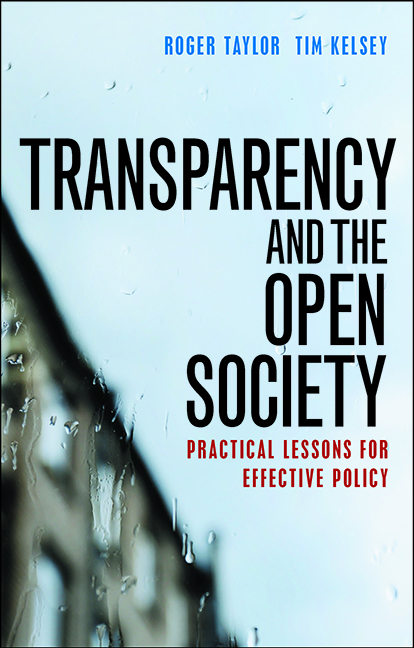15 - Ceding control of the data
Published online by Cambridge University Press: 05 April 2022
Summary
In 1993 Madhav Chavan was teaching chemistry at Mumbai University. He had gone to college in the US and then returned to India to teach. But he also had a passion for social causes and a desire to work to improve the conditions of the poor. After some time spent working to improve rural sanitation, he turned his attention to improving literacy rates.
In the same year, Unicef announced that it would put up a small sum of money ‒ about £1000 – to fund the establishment of a school in the slums of Mumbai. The children there are still likely to end up illiterate. Chavan gave up his job and began working among the poorest children, trying to find ways to help them develop skills that would give them a better chance in life. He founded a charitable organisation, called Pratham, to help them. In time, Pratham developed an educational approach to improving literacy that started to show real results. It then encountered an unanticipated barrier. It turned out that having a solution to the problem was not enough. Solutions are only useful to people who think they have a problem.
Within the ministry of education, there was a view that Pratham was tackling a problem that was already being fixed. India had signed up to a millennium goal to increase enrolment in primary schools. The plan was to get all children enrolled in primary school by 2015. It was going well. The numbers rose strongly and by 2010 India could claim it was making good progress towards the goal. According to the World Bank report, the proportion of primary school-aged children with a school place had increased over the decade from 81% to 94%.
That sounds like a successful response to the problem of literacy. Putting more kids in school must surely help solve the problem. Unfortunately, that turns out not to be true and it is Pratham we have to thank for discovering this. Since 2005, Pratham has produced the Annual Status of Education Report (ASER) which has become the most influential source of data about education in India. It is produced wholly independently of the government.
- Type
- Chapter
- Information
- Transparency and the Open SocietyPractical Lessons for Effective Policy, pp. 249 - 264Publisher: Bristol University PressPrint publication year: 2016



